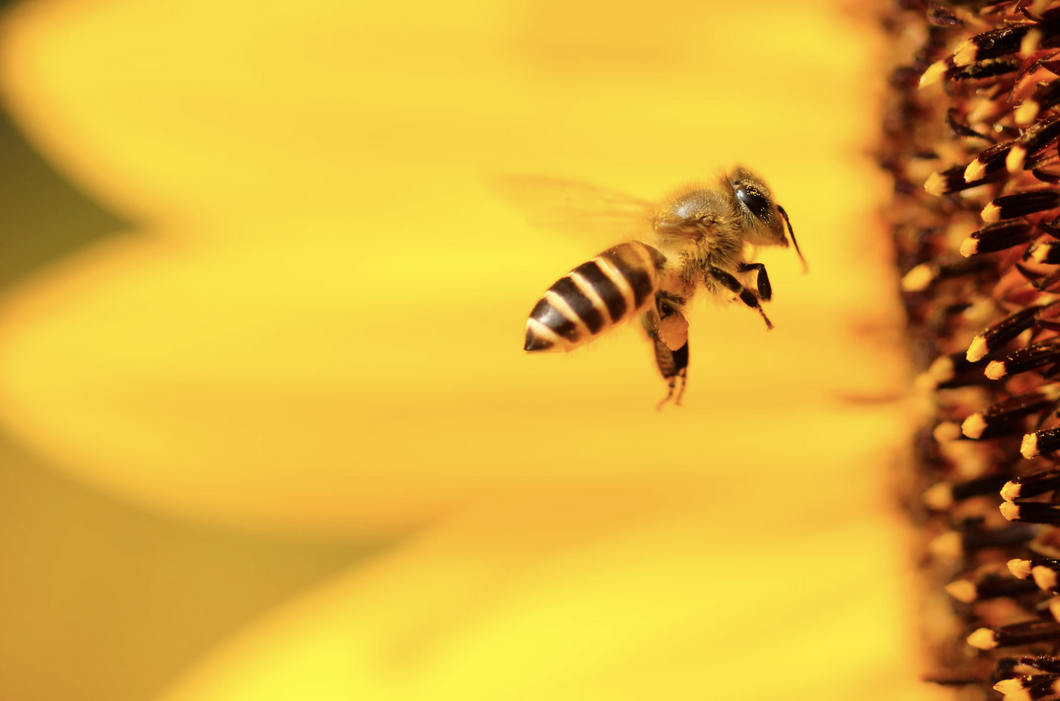Well, it's official.
Bumblebees, specifically the rusty patch bumble bee, have been added to the endangered species list. They are now a part of a long list of other endangered species including seas turtles, rhinos, gorillas along with about 700 other species on the list. It's also the first bee of any type in the continental U.S. to be placed on the list.
Bumblebees are usually large, fuzzy insects with short and stubby wings and play a very important role in pollination. In short, without them, food would not grow. Just to put it into perspective, close to 345 species of bees that are native to both North America and Hawaii are teetering on the brink of extinction.
Because of this specific bee's tolerance to the cold weather, it flies in both cold and warm weather which makes it able to pollinate so many different species of plants. Their ability to be in the cold means that they are active most of the year and are responsible for about 1/3 of our food supply.
Without this bee, we would be endangering tons of plants that depend on its pollination of them to survive. In fact, the survival of a colony depends on the continuous supply of flowering plants from early spring through fall, undisturbed nest sites near those flowering plants, and overwintering sites for the next year's queens.
It's not just the rusty-patched bumblebee that is struggling in the U.S. Other species have experienced dramatic declines in recent decades.
So why list it (and other bees) as endangered now?
At one time, this species was very abundant and widespread across the US and Canada. Now though, the bee's currently only able to be found in 55 counties in 13 states and one province and are still declining. According to the US Fish & Wildlife Service, in accordance with the loss of populations, the geographic distribution markedly decreased in the last 20 years.
When determining the cause of the bees decline, there are many factors.
A disease (a parasitic fungus called Nosema bombi ) that was originally in commercially-bred bees and spread to wild bees.
Pesticides, mainly those used in agricultural and urban areas, thereby exposing bees to harmful chemicals. For example, neonicotinoids are a class of insecticides used to target pests of agricultural crops, forests, turf, gardens, and pets. They were strongly implicated as the cause of the decline of bees, in general, and for rusty patched bumble bees, specifically.
As well as habitat loss/degradation and climate change.
In short, it took way to long to officially be categorized as an endangered species.
Which is why, when it finally was, many environmental organizations praised the act. Their fight for it had been a long time coming.
And delisting them would not only be counterproductive but it would counteract a lot of work that has gone into preserving them.
Want to help the bumblebees? Some of the ways you, as an individual, can do this are by growing a garden or adding a native flowering tree or shrub to yards, and minimizing pesticide use.







































